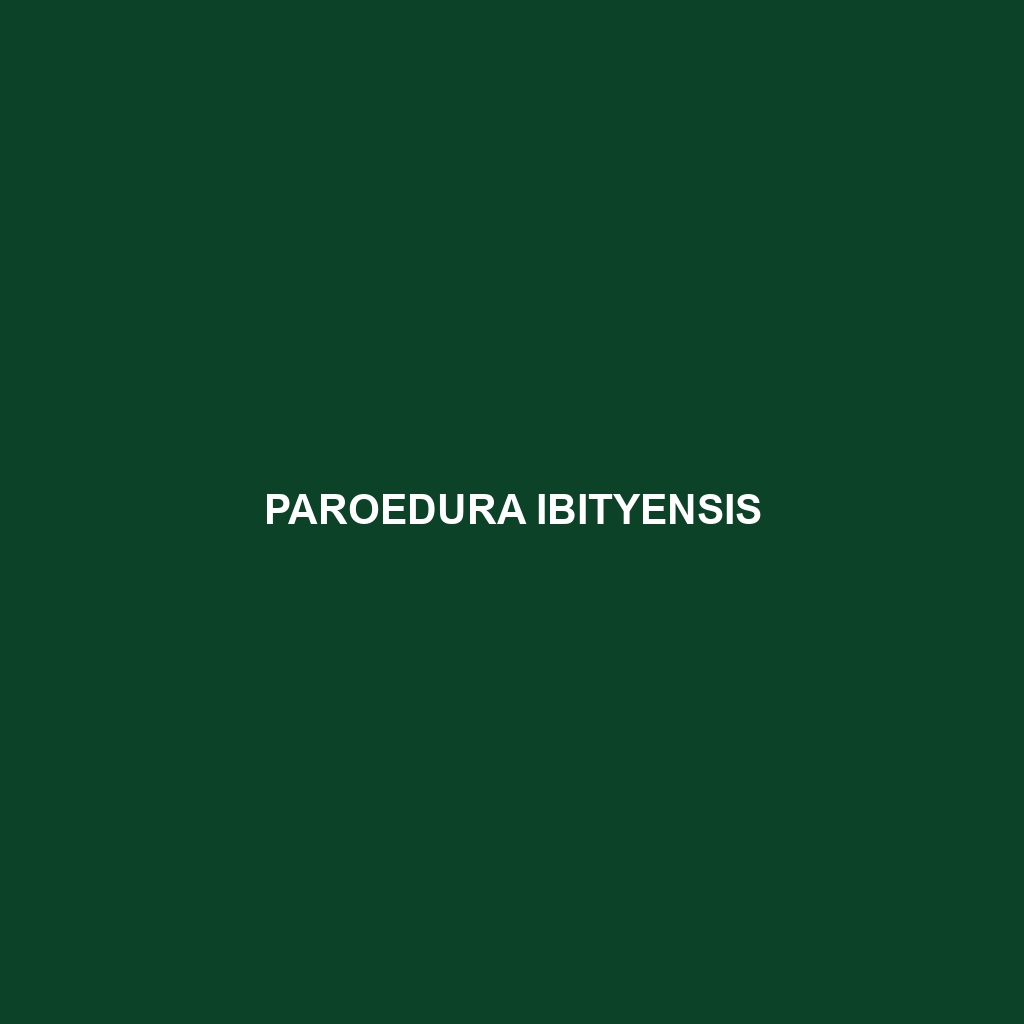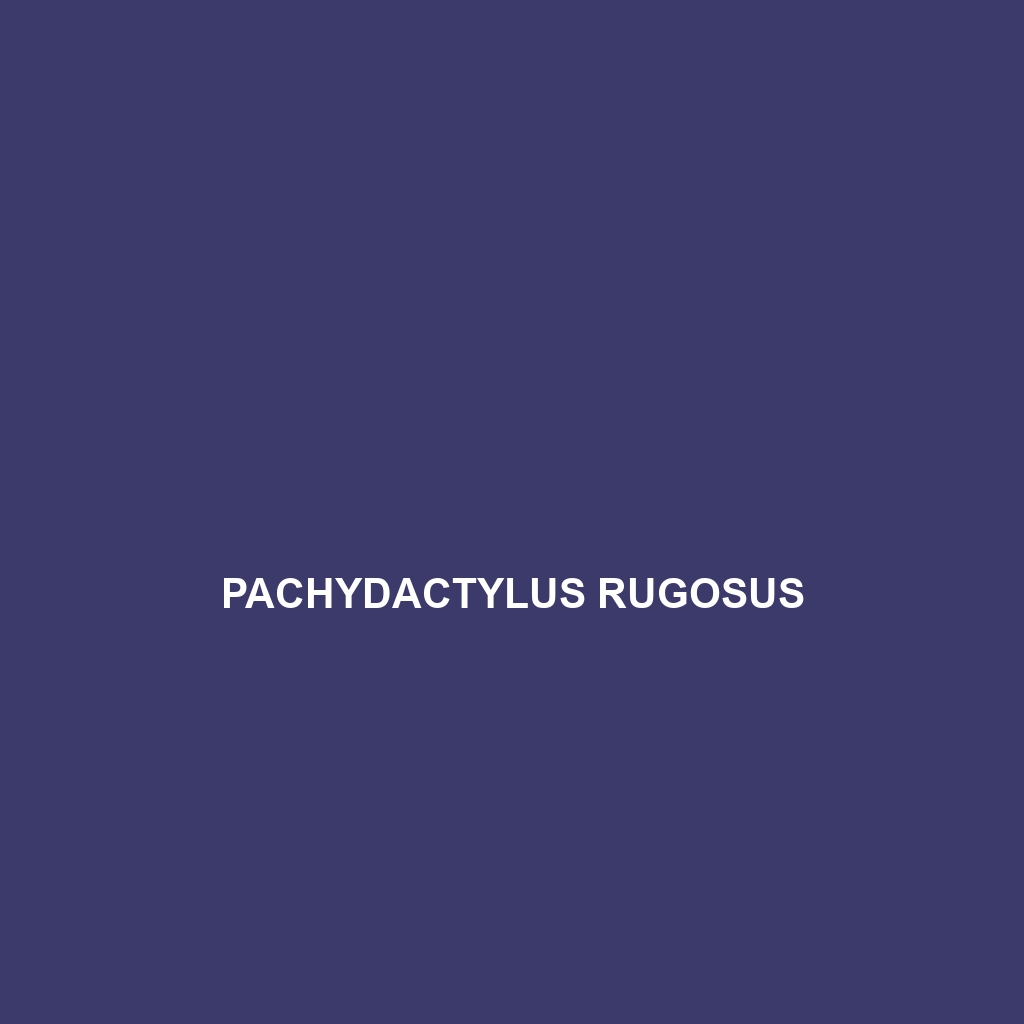Discover the stunning Ibity Leaf-Tailed Gecko (Paroedura ibityensis), a nocturnal insectivore native to the unique dry forests and mountainous regions of Madagascar. With its exceptional camouflage and remarkable tail regeneration, this vulnerable species plays a crucial role in maintaining the ecological balance of its habitat.
Tag: tail regeneration in reptiles
Paroedura hordiesi
Introducing the Hordies' Gecko (Paroedura hordiesi), a resilient species native to Madagascar known for its distinctive coloration, slender body, and excellent climbing abilities. Primarily nocturnal, this insectivore plays a crucial role in its ecosystem by regulating insect populations while showcasing fascinating behaviors and adaptations, such as tail regeneration.
Paroedura bastardi
<p><b>Paroedura bastardi</b>, also known as the Madagascar ground gecko, is a striking nocturnal insectivore found in Madagascar's rainforests and dry forests, exhibiting unique coloration and agility. This adaptable species plays a vital role in controlling insect populations and boasts fascinating reproductive behaviors alongside impressive camouflage abilities.</p>
Andinosaura aurea
<p><b>Andinosaura aurea</b>, commonly known as the golden skink, is a vibrant insectivorous lizard native to the Andean rainforests of South America. With a striking golden coloration and a diurnal lifestyle, this species plays a crucial role in controlling insect populations and maintaining ecological balance.</p>
Pachydactylus visseri
<b>Pachydactylus visseri</b>, known as the Namibian gecko, is a medium-sized insectivore found in arid regions of southern Africa, notable for its flattened body, large toes for sandy terrain, and remarkable camouflage abilities. This nocturnal species plays a crucial role in ecosystems by controlling insect populations and serves as an important indicator of environmental health.
Pachydactylus rugosus
<p><b>Pachydactylus rugosus</b>, known as the rough-toed gecko, thrives in semi-arid regions of southern Africa, showcasing distinctive physical traits like robust bodies and enlarged toe pads. This insectivorous, nocturnal species plays a vital role in its ecosystem by controlling insect populations and serving as prey for larger animals.</p>
Pachydactylus haackei
Discover the unique Pachydactylus haackei, also known as Haacke's thick-toed gecko, thriving in the arid regions of southern Africa with its stout body, distinctive coloration, and nocturnal behavior. This insectivorous species plays a crucial role in controlling insect populations and maintains its ecosystem through its hunting and feeding habits.
Pachydactylus capensis
Discover the Pachydactylus capensis, commonly known as the Cape thick-toed gecko, a nocturnal insectivore native to southern Africa's savannas and semi-arid deserts. With its distinctive granular skin, large adhesive toes, and remarkable climbing abilities, this gecko plays a vital role in its ecosystem by regulating insect populations and serving as prey for larger predators.
Ophisops occidentalis
<p><b>Ophisops occidentalis</b>, or the Western Snake-eyed Skink, is a diurnal insectivore native to the Mediterranean regions of North Africa and Southern Europe. With its distinctive 'snake-eyed' appearance and ability to thrive in various habitats, this resilient skink plays a crucial role in regulating insect populations and serves as prey for larger predators.</p>
Oligosoma waimatense
The Oligosoma waimatense, or Waimate skink, is a slender, vibrant insectivore native to New Zealand's temperate forests, known for its diurnal behavior and ability to regenerate its tail. This vulnerable species plays a crucial role in controlling insect populations and supports the biodiversity of its ecosystem.









